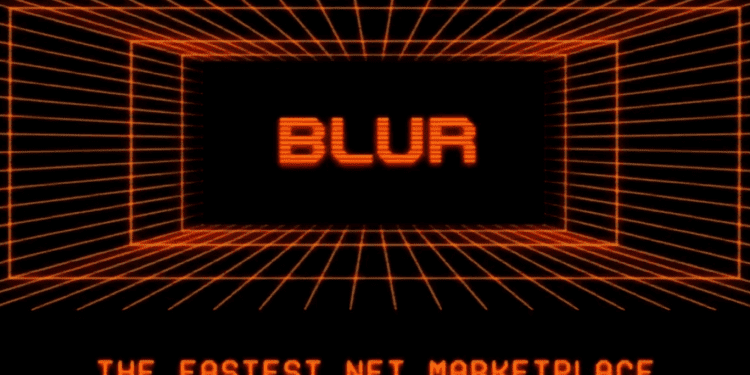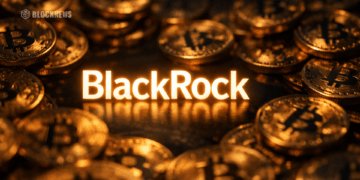Protocol for peer-to-peer perpetual lending Blend enables NFT collateral and provides a speedy, safe, and transparent lending process.
- NFTs marketplace Blur has unveiled Blend, a peer-to-peer perpetual loan platform that accepts NFT collateral.
- Blend automatically “rolls a borrowing position” “for as long as some lender is ready to lend that amount against the collateral.”
Introduction
As interest in non-fungible tokens (NFTs) has grown, NFT-related products and services have emerged. Earlier this month, peer-to-peer perpetual lending technology called “Blend” was introduced by the non-fungible token marketplace Blur. The protocol aims to deliver financialization at scale and was developed in partnership with venture capital firm Paradigm.
What is Blend?
Blend, a peer-to-peer perpetual lending protocol, supports NFT collateral. Blend permits borrowing positions to remain open forever unless canceled, in contrast to conventional lending processes that have expirations. Additionally, it doesn’t depend on any oracles, making it more secure and less vulnerable to outside manipulation. Blend uses an advanced off-chain offer protocol to match users looking to borrow money against non-fungible collateral with lenders who are prepared to give the best terms.
How does Blend work?
As long as a lender is prepared to loan that sum of money against the collateral, Blend is designed to automatically roll a borrowing position. As a result, until one party decides to quit the position or the interest rate changes, no on-chain transactions are necessary. Both lenders and borrowers can automatically extend the loan’s expiration date by a predetermined amount by using a perpetual lending protocol.
If the borrower has not made all required payments by the loan’s expiration date and the lender seeks to terminate the loan against the borrower’s desires, a refinancing interest-rate “Dutch auction” is held. The auction starts with 0% refinancing interest and rises gradually. By agreeing on the refinancing rate in this fashion, borrowers, and lenders can avoid having to liquidate the NFT collateral.
However, the NFT collateral may be liquidated if there are no bidders in the refinancing auction. On Blend, the borrower has unlimited loan repayment options. Borrowers may atomically take out another loan against their collateral and use the new principle to repay the old loan if they want to adjust the amount they have borrowed or receive a higher interest rate.
Potential Impact
Blend is an innovative protocol that has the potential to significantly alter the NFT lending environment. Because of its continuous lending characteristic, the lending procedure is made simpler for both borrowers and lenders by doing away with the requirement for regular renewals. The protocol is more secure and less susceptible to outside interference without Oracle dependence. Furthermore, by using NFTs as collateral, Blend gives borrowers the chance to borrow money without having to sell their valuable NFTs.
Borrowers and lenders are encouraged to adopt the protocol because of Blend’s zero-fee nature. Blend uses the refinancing auction to ensure that the lenders obtain reasonable interest rates rather than levying costs. This results in a win-win scenario for both lenders and borrowers, who can gain from a straightforward and effective lending procedure.
Conclusion
A peer-to-peer perpetual lending protocol called Blend offers borrowers and lenders a safe, quick, and transparent way to make loans while supporting NFT collateral. Blend can significantly alter the NFT lending landscape with its perpetual lending feature, NFT collateral, and zero-fee structure. Its novel lending strategy gives borrowers the chance to borrow money using their priceless NFTs without having to sell them, while lenders gain from reasonable interest rates thanks to the refinancing auction. Blend-like protocols will become more crucial as the NFT ecosystem develops in terms of bringing liquidity and financialization to the market.














